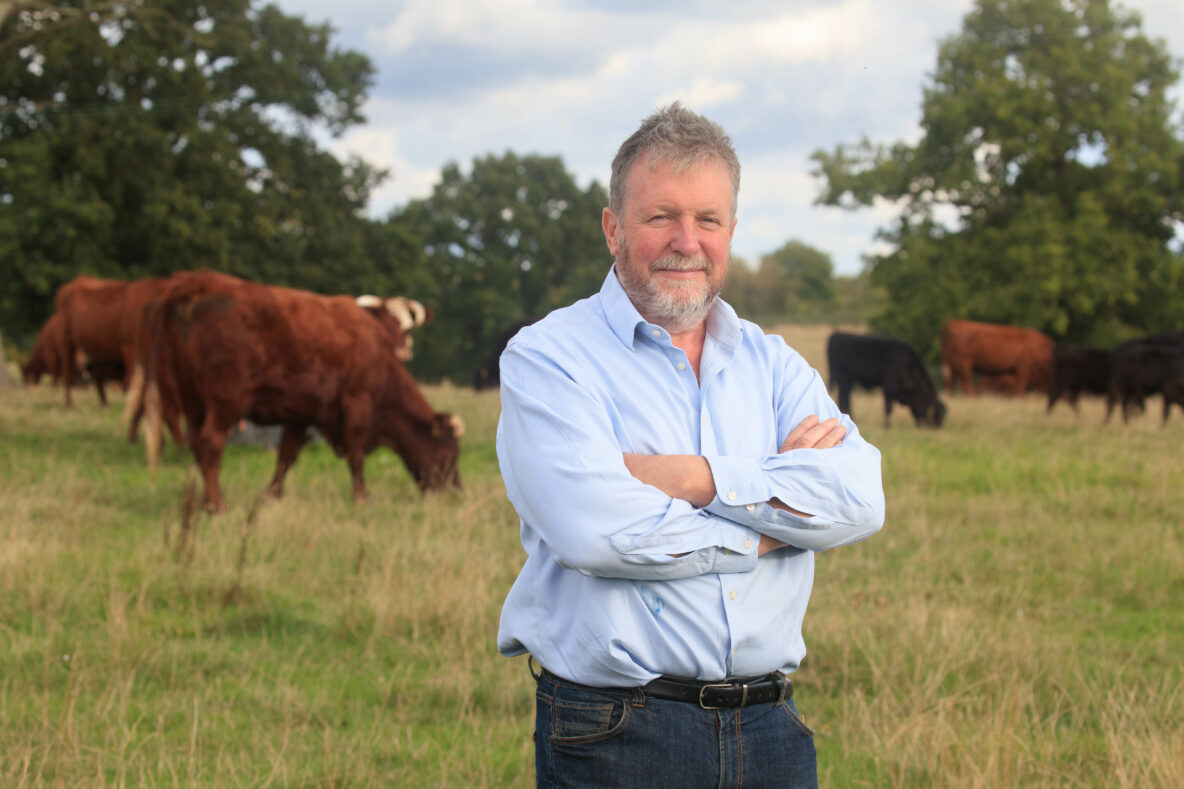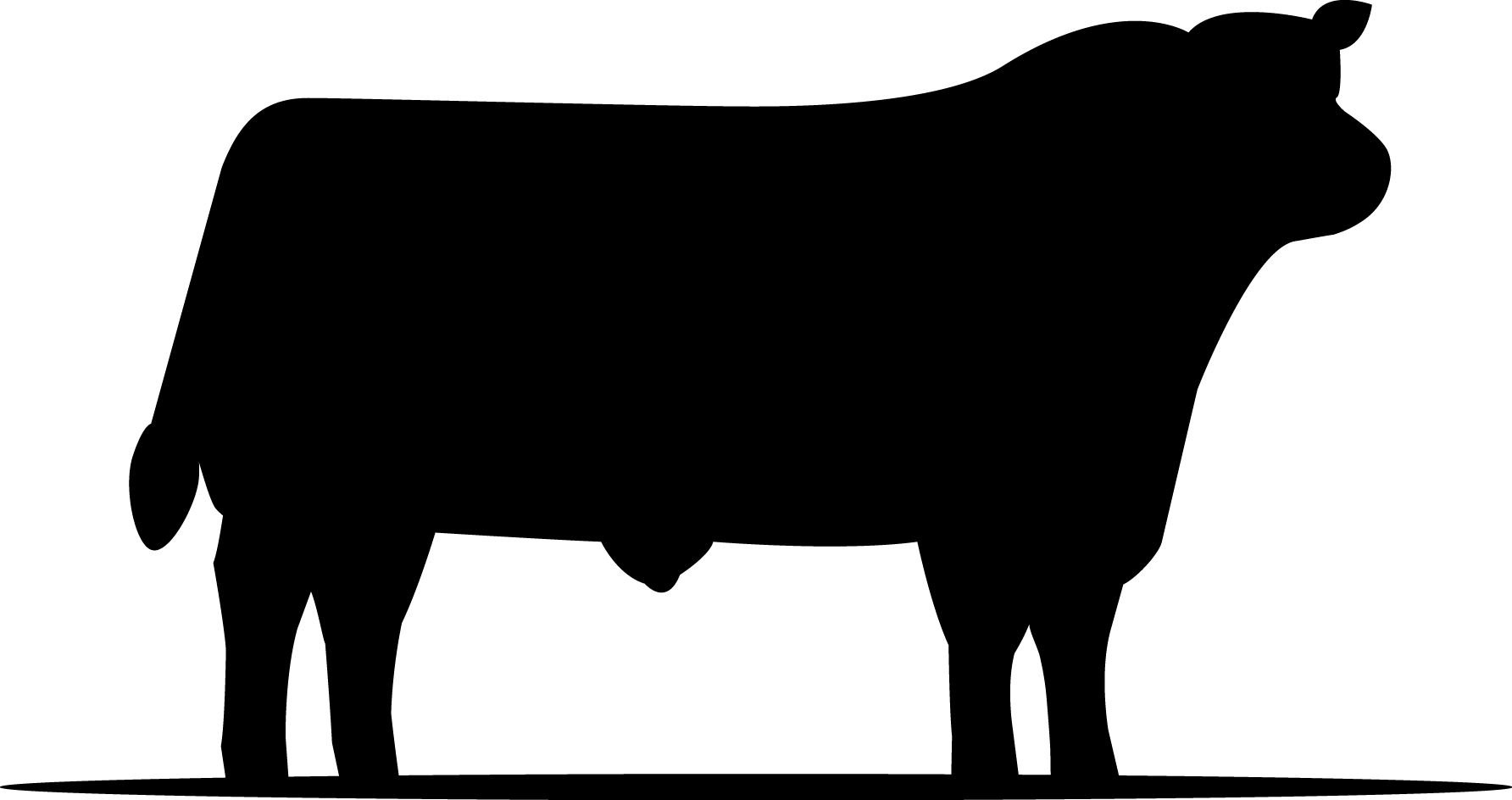Third-generation livestock farmer Adam Quinney, farms 150 ha of grassland near Stratford-upon-Avon, made up of multiple tenancies. The business currently includes 100 Saler X Aberdeen-Angus suckler cows and 120 sheep, managed within a low input, maximise efficiency system. This has helped the farm to maintain healthy margins despite rising input costs, including feed, fertiliser and fuel.
The farm introduced Aberdeen-Angus genetics into the herd around 10 years ago to help move towards a lower input system. Adam aims for about three quarters Saler and one quarter Aberdeen-Angus breeding in the suckler herd – this combination helps the cows maintain cover over winter and supports easy calving.
Farm facts
- 100 Saler X Aberdeen-Angus suckler cows
- Breeding own replacements
- Calving heifers down at 24 months
- Aim to finish the cattle at 22-24 months of age at an average deadweight of 350kg.
- Majority of beef is processed by ABP
- Low input system
- Cattle finished predominantly on a grass-based diet
- DLWG 1kg off grass
Handsfree cattle
Calving ease is an important focus for the farm, as any intervention reduces the chance of getting the cow back in calf promptly, if at all. Adam stated that he is not interested in keeping stragglers, every cow needs to deliver value for the business, and that’s increasingly important in the current climate.
He wants his cattle to be ‘handsfree’ and the strong maternal traits of the Aberdeen-Angus has really helped with this. To make informed decisions, Adam utilises estimated breeding values (EBV’s) when selecting bulls for his herd, with calving ease and mothering ability high on the list of priorities.
They have been buying bulls from the same high health status herd for over 10 years, which is advantageous as the breeder is familiar with what the farm is looking for.
Breeding heifers are selected based on a vet assessment, which he explains helps to whittle down potential replacements by nearly a third. The vet pelvic scores the potential replacement heifers, to help select for easy calving, with the aim to calve all heifers at 24 months.
“I’ve not had to calve a cow for five years except for one set of tangled up twins a couple of years ago, which is a real triumph. Last season, Reins Farm successfully reared 103 calves out of 100 cows.”
Grass based feeding strategy
The farm grows all their own forage, which is primarily red clover leys and lucerne, to help with nitrogen fixing. This allows fertiliser use to be kept to a minimum, as well as improving the nutrition for the cows.
With the rented land being in multiple blocks, it’s impractical for the farm to implement rotational grazing, so they set stock the young cattle. But, on the land around the main farm, more traditional paddock grazing is preferred, with the cattle being in the fields for three to four days before being moved to the next paddock.
Aberdeen-Angus cattle are so well suited to a forage-based diet which reduces the herds reliance on purchased concentrates. The cattle flesh well with a daily liveweight gain (DLWG) of around 1kg off grass in the summer. The ration is then bolstered during the during the winter with by-products such as brewers’ grains and potatoes.
Top tips on efficiently grazing beef cattle can be found here.
Stabilising rearing costs as input prices rise
The cost to rear a calf up to weaning at Rein Farm is just over £600 per year. This has remained stable as their fertiliser and concentrate use is minimal, which has reduced their exposure to fluctuating input costs. Adam also suggests that maintaining stocking density has helped to spread the fixed costs and he does not want to drop below 100 cows.




